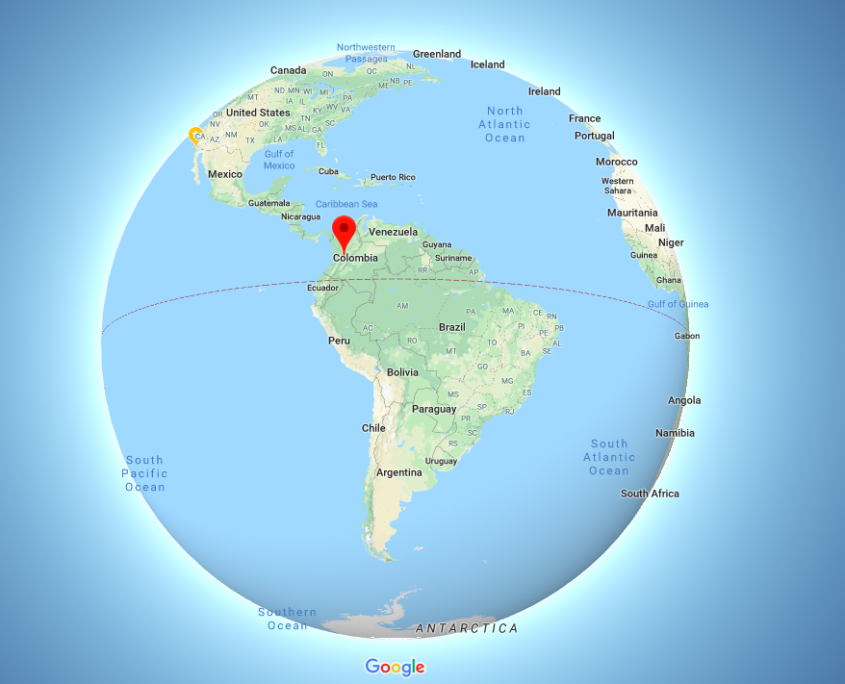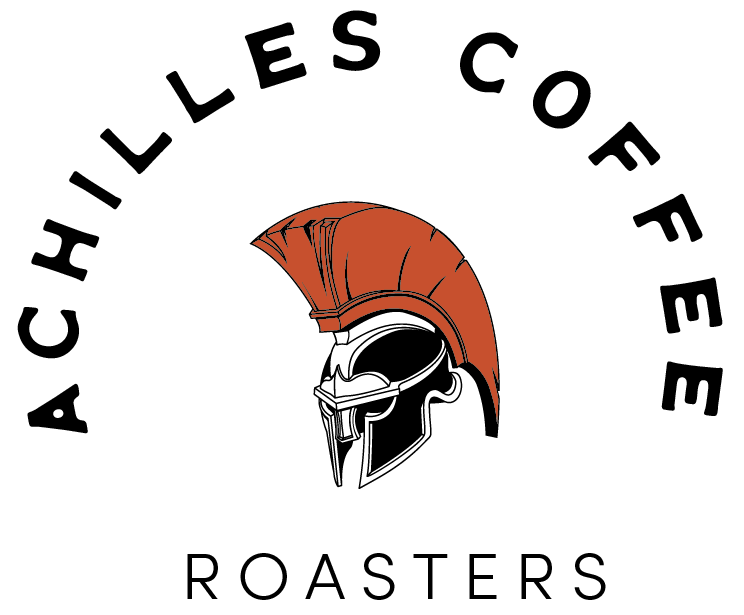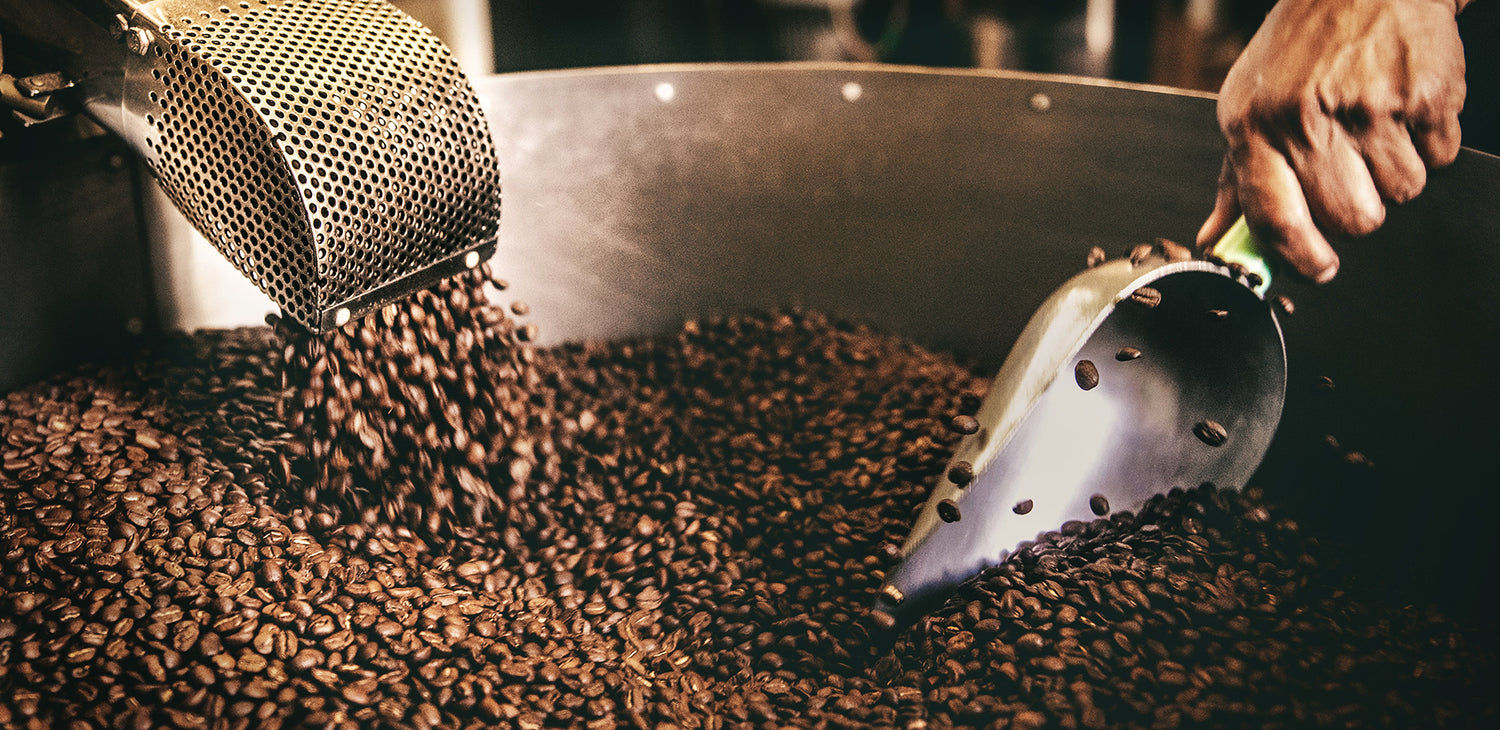History and Regions of Colombian Coffee Production
-

The country of Colombia is the 3rd largest exporter of coffee in the world producing about 12% of the world’s coffee. Though it’s emergence into the country is unknown, Colombia first exported 2500 pounds of Colombian coffee beans to the United States in 1835. From then on, coffee cultivation in the country maintained high production output. There are more than 500,000 farms in Colombia. Because of chronic inequality within the country, small farmers have had difficulty staying in the coffee industry. For example, by 1980, 10% of farms owned over 80% of farmland in the Colombia. To bring farmers together and ensure the quality of all coffee farmer’s lives, the National Federation of Coffee Growers (FNC) was created in 1927.
The non-profit organization upholds the reputation of high-quality Colombian coffee beans while striving to better the lives of coffee producers and their families. It has multiple branches of effort, including: quality control, social responsibility, research, and sustainability.
Quality Control and Juan Valdez
Through the FNC, policies and regulations have been put in place that all millers, roasters, and exporters in Colombia must follow. In 2002, the FNC went as far as to create the mascot and brand that is Juan Valdez. As a brand, Colombian coffee has brought coffee to 22 different countries. Juan Valdez’ face can be found on any 100% Colombian coffee beans, characterized by a red triangular logo. Furthering quality control, in 1996 the FNC began to promote Specialty Coffees. Different grades and certifications can be obtained for certain coffees depending on processing methods and value. The Specialty Coffee program follows fundamental principles like conservation of the environment, economic equality and social responsibility. Coffee producers can obtain different certifications based on origin, preparation methods, sustainable methods, and organic.
Social Responsibility
Rewarding farmers through royalties, each purchase of 100% Colombian coffee helps to improve quality of life to farmer’s families. Funding helps improve living conditions, supports schools, builds roads, and even offers technical assistance to farmers. The FNC also offers training programs in rural areas of the country through the Manuel Mejia Foundation . This program helps equalize inequality in coffee producers.
Research and Sustainability
Cenicafe was created by the FNC as a research tool for farmers throughout the country. Research is done for every type of influencing factor going into the production of coffee. This helps farmers who have less access to information or education to learn about more innovative and sustainable ways to cultivate coffee. The FNC also creates an assessment report each year called Sustainability That Matters . These reports outline current impacts and environmental problems within the country and solutions and strategies to the problems. Along with the reports, a portion of profit generated from 100% Colombian Coffee goes to protecting watersheds and natural resources within the country.
With an organization like the FNC, all aspects associated with coffee cultivation come full circle. This makes it easier for Colombia to have the capability to produce the amount of coffee that it does and be the 3rd largest exporter in the world.
Colombian Coffee Growing Regions
Geographically, Colombia is divided by the Andes Mountains which allows coffee to be grown up to 2,000 m.a.s.l. The traditional cup profile of a Colombian coffee has a medium body with a well-balanced acidity and a clean finish. Soil in the country is also affected by volcanic ash, making it very mineral dense. However, having 19 growing regions, Colombian coffee beans vary due to different influencing microclimates. The 19 coffee growing regions can be split into 5 zones.
North Zone
Regions in the North Zone are: Santander, Norte de Santander, La Guajira, Magdalena and Cesar. In this zone, there are higher temperatures creating conditions similar to Central America and a cup with less acidity and more body.
Central North and South Zones
This zone consists of the regions of South of Antioquia, Boyaca, Caldas, Choco, Risaralda, Quindio, North of Valle del Cauca, Cundinamarca, and North of Tolima. Antioquia and Tolima are the 2nd and 3rd largest producers in the country each having two dry and two wet seasons.
South Zone
Sitting closer to the equator, coffee in the South Zone is grown at higher altitudes which creates higher acidity. Coffee regions in the South Zone are Narino, Cauca and Huila. These huge producers create fruit and caramel notes with sweet acidity.
Eastern Zone
A much smaller production effort comes from the Eastern Zone which consists of the regions of Arauca, Casanare, Meta and Caqueta. Climate conditions here are similar to the North but with more humidity and rainfall.
Explore The Coffee Regions Of The World:
Indonesian, Asian, and Pacific Coffee
SINGLE ORIGIN COFFEE BEANS


